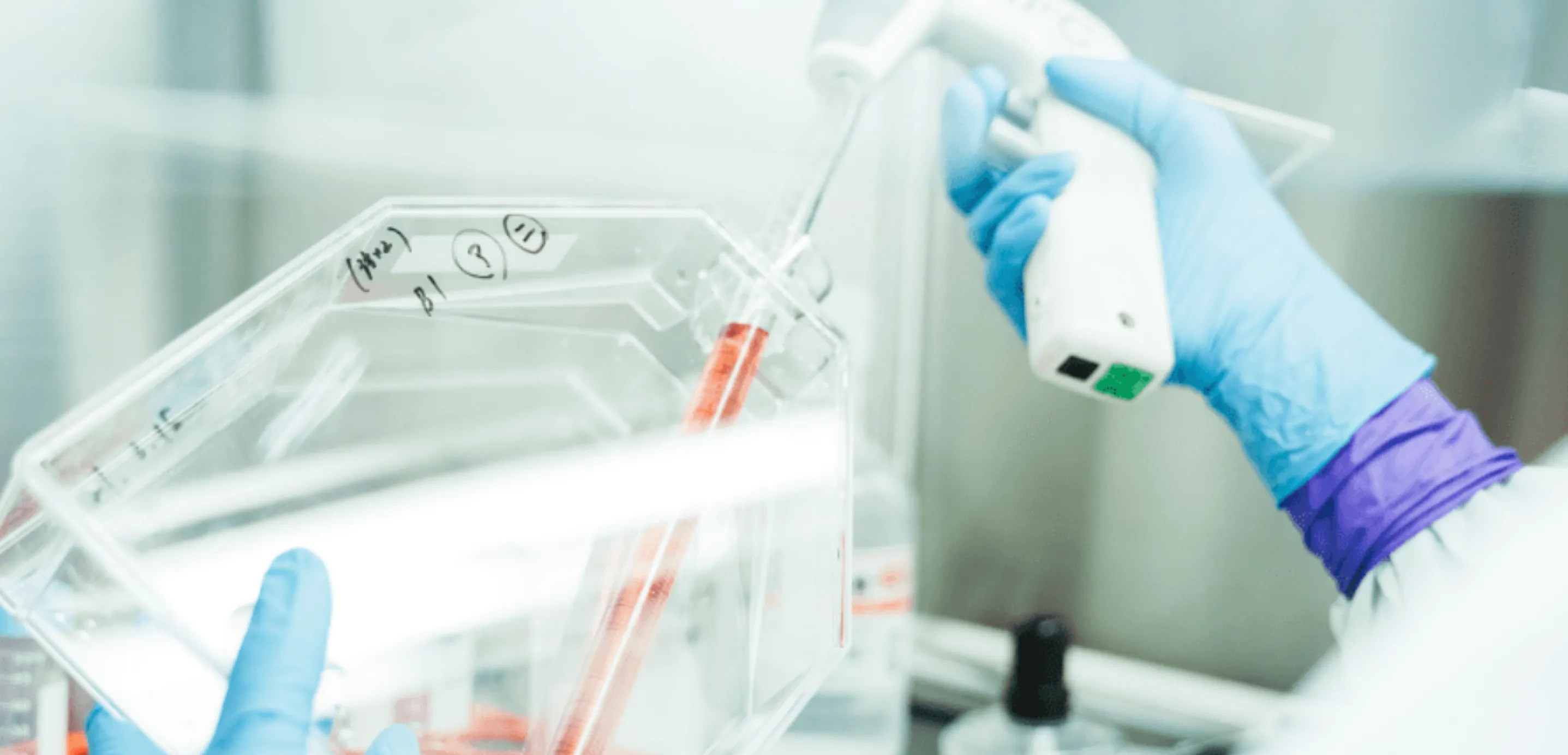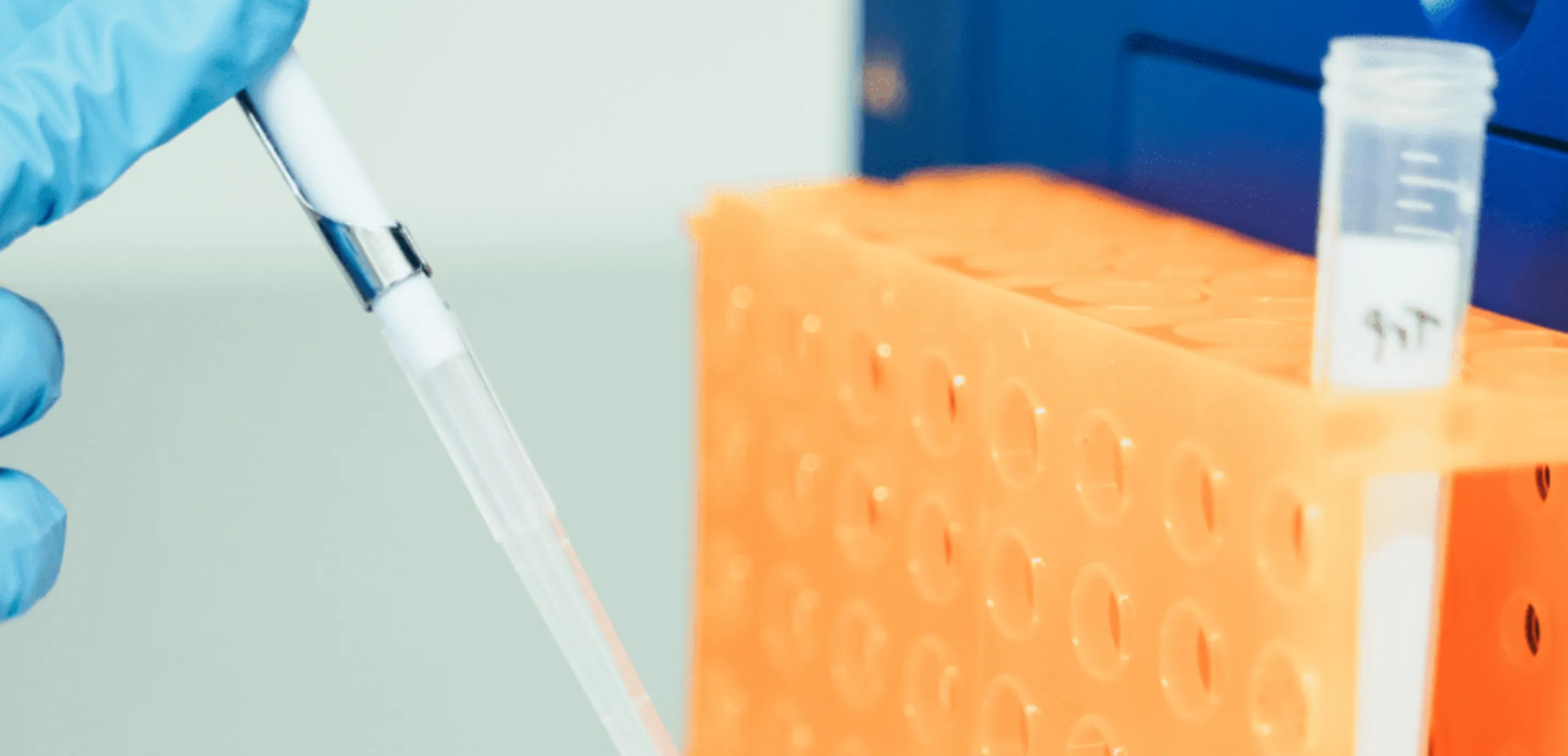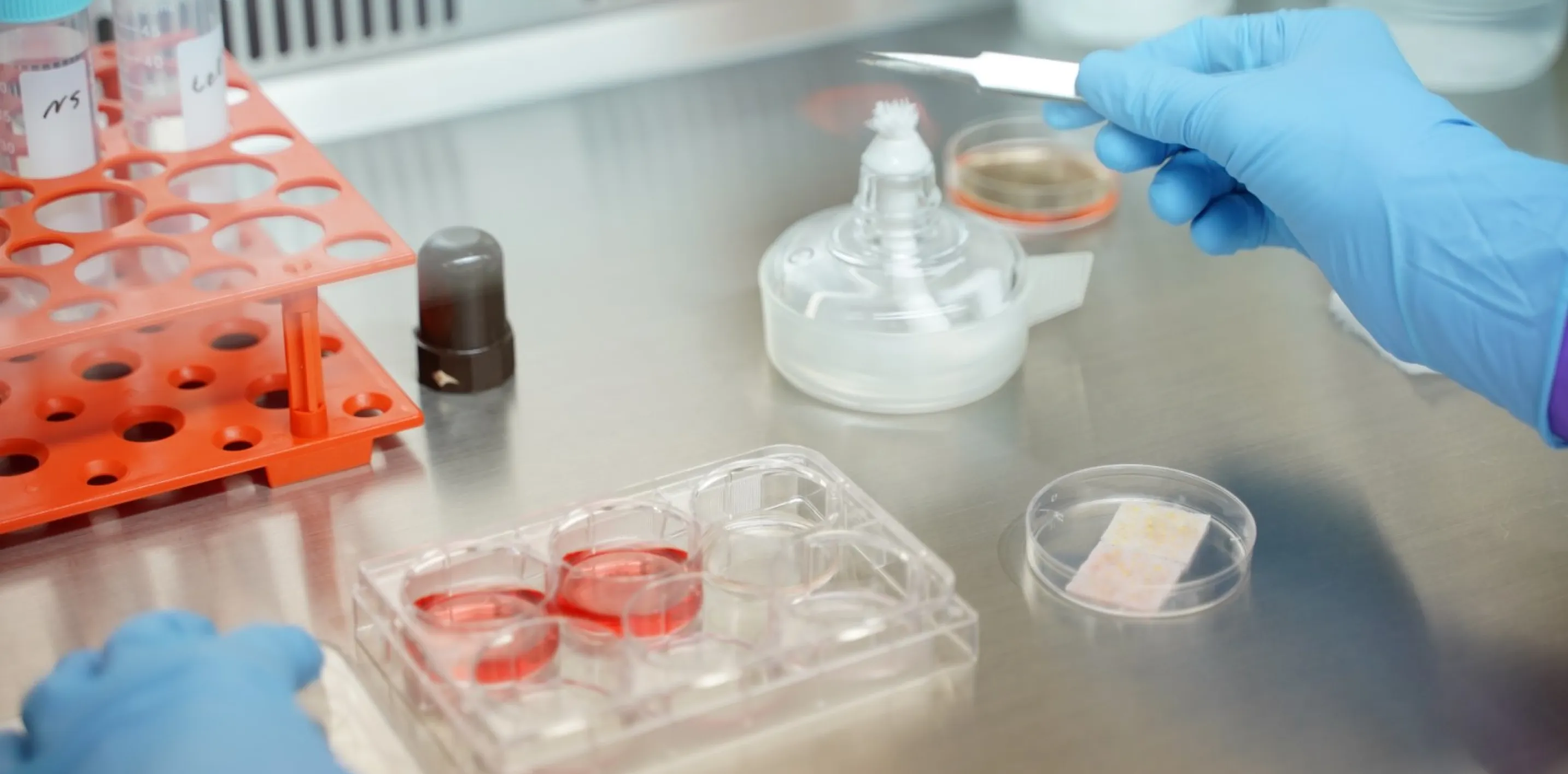
Cell Culturing

What Is Cell Culture
Cell culture techniques involve extracting cells from living organisms and maintaining and growing them in an artificial environment that mimics the conditions inside the body. Human cells can be expanded using cell culture. Cell culture techniques have been known historically, with certain techniques being established in the early 20th century.
Currently, the most common method involves the use of enzymes to dissociate cells and immerse them in a culture medium, where they proliferate in a flat layer on plastic flasks or culture dishes. However, other methods such as suspending cells or forming spheroids have also been developed. Regardless of the method, it is crucial to maintain appropriate conditions for cell growth, including controlling the temperature and air quality and regulating the composition of the culture medium (such as electrolytes, pH, sugars, and amino acids).
In addition, because bacteria can thrive under conditions that promote cell growth, it is essential to avoid bacterial contamination during cell culture. This requires working with cells in clean environments such as clean rooms, benches, and safety cabinets, where a high level of cleanliness is strictly maintained.


What Is Stem Cell Culture
Human mesenchymal stem cells are generally thought to be in a relatively constant state within the body, with no significant increase or decrease in their number. However, upon exposure to the culture environment, these cells rapidly proliferate. Utilizing this property makes it possible to increase the number of cells from several million to several billion within a month. Typically, the number of stem cells used in a single regenerative therapy ranges from tens to hundreds of millions, and an adequate number of cells required for treatment can be obtained using cell culture techniques.
Moreover, stem cells that expand during culture can be cryopreserved. Although the functionality of large tissues, such as organs, is lost when frozen, individual cells can maintain their function after freezing and thawing. This method preserves stem cells for potential use in regenerative therapies.
Owing to the continuous efforts of previous researchers, which led to the development of additives for culture media and new equipment, cell culture has made significant progress over the years and can now be performed safely, reliably, and efficiently.


Safety of Cell Culture
Cell culture is an extremely beneficial technology, but there are concerns that extracting and expanding stem cells outside the body could alter their properties, potentially transforming them into cancer cells. However, human mesenchymal stem cells rarely lose their original properties even after being cultured, as long as there is no intentional genetic manipulation, and the cells do not proliferate into cancer cells. However, if the culture environment is not properly maintained or hygiene is neglected, cells may fail to proliferate adequately, and bacterial contamination can render them unsuitable for treatment.
Therefore, when using cultured stem cells in clinical applications, it is essential to culture them using the appropriate techniques. This includes monitoring cell morphology and proliferation, checking for bacterial contamination, and regularly evaluating surface markers and differentiation potential (stem cell capabilities) to ensure that only cells that meet the required standards are used. In response, Japanese regulations regarding regenerative medicine strictly assess facilities conducting cell cultures, including the equipment used, personnel, and techniques, allowing only those facilities that meet the safety requirements to engage in regenerative medicine research and treatments.


The Process of Culturing Stem Cells


Treatment Process


-
Examination, Fat Collection, and Blood Sampling
After the physician establishes the eligibility of the patient for treatment after an examination, fat collection and blood sampling are performed as an outpatient. Under local anesthesia, fat is typically collected from the abdomen (subcutaneously adjacent to the navel) using a specialized biopsy needle. The wound is small, allowing the patient to shower on the same day.
-
Culturing of TOPs Cells
The collected fat and blood were promptly transported to a cell culture processing facility, where the TOPs cells were cultured for approximately one month. TOPs cells were cultured to the required quantity, transported to the medical facility under appropriate conditions, and timed to coincide with the day of treatment.
-
Administration of TOPs Cells
TOPs are used in a living, nonfrozen state for treatment. For localized areas such as the face or knee joints, cells are administered via injection, whereas for neurological diseases or pain, they are administered intravenously throughout the body. Treatment is typically performed on an outpatient basis, and in most cases, patients can resume normal activities on the day of treatment
Note: Eligibility criteria and the treatment process may vary depending on the treatment plan established by each medical institution. For detailed information, please contact the medical facility that is providing the treatment.



